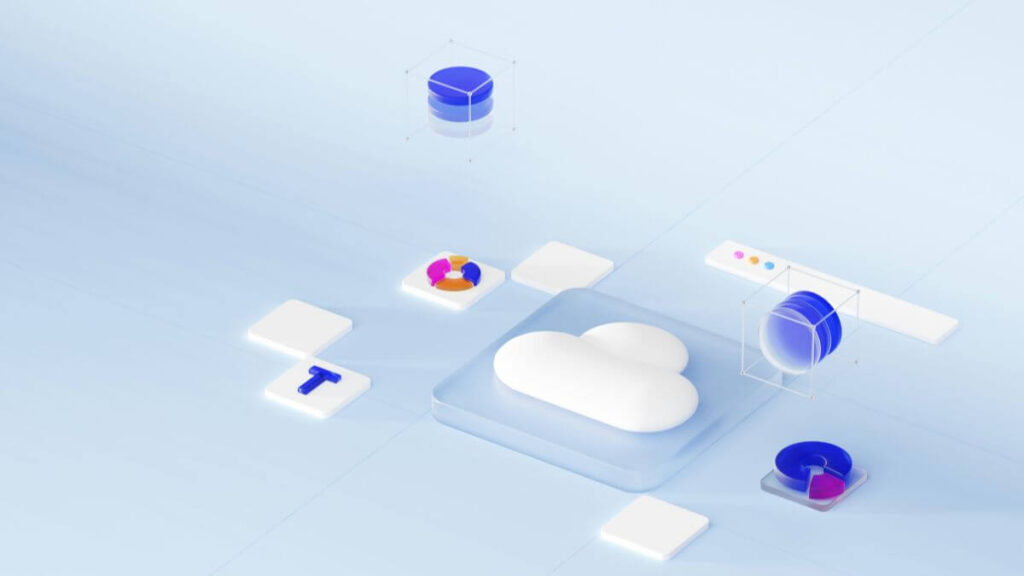Cloud computing is the on-demand delivery of IT resources over the Internet with pay-as-you-go pricing. Instead of investing in and maintaining physical data centers and servers, you can access computing power, storage, and databases from a cloud provider when needed.
Who is using cloud computing?
Cloud computing is utilized by organizations across all sectors for various purposes, including data backup, disaster recovery, email, virtual desktops, software development, testing, big data analytics, and customer-facing web applications. For example, healthcare companies are using the cloud to build more personalized treatments for patients. Financial services are using the cloud for robust real-time fraud detection and prevention. And video game makers are using the cloud to deliver online games to millions of players around the globe.
Benefits of cloud-computing
Agility
Cloud computing provides quick access to a wide range of technologies, enabling faster innovation and product development. You can swiftly access resources such as storage, databases, IoT, machine learning, data lakes, and analytics, allowing you to move from concept to execution faster than ever.
You can deploy the technology services in minutes, and from idea to implementation, get orders faster than ever before. This gives you the freedom to experiment and test new ideas to differentiate the customer experiences and transform your business.
Elasticity
Cloud computing allows you to scale resources up or down based on current demand, eliminating the need to over-provision resources for future peak levels. This flexibility ensures that you use only the necessary amount of resources, which can be adjusted as your business needs evolve.
Cost savings
Cloud computing lets you switch from fixed expenses, like physical servers, to variable payments based on actual usage. This model reduces costs significantly due to economies of scale, making it more affordable than maintaining on-premises infrastructure.
Deploy globally in minutes
With cloud infrastructure, you can deploy applications globally in just a few clicks. This enables you to expand into new regions swiftly, bringing your applications closer to users to reduce latency and enhance their experience.
Types of cloud-computing
There are three main types of cloud computing, Infrastructure as a Service, Platform as a Service, and Software as a Service. Cloud computing provides different levels of control, flexibility, and management so that you can choose the right set of services for your needs.
Also read | Introduction to Amazon Web Services: Navigating the Cloud
Infrastructure as a Service (IaaS)
IaaS contains the basic building blocks for cloud IT. It typically provides access to networking features, computers (virtual or on dedicated hardware), and data storage space. IaaS offers the highest level of flexibility and management control over your IT resources. It is more similar to existing IT resources that IT departments and developers are familiar with.
Platform as a Service (Pass)
PaaS removes the need for you to manage infrastructure (typically hardware and operating systems) and allows you to focus on deploying and managing your applications. This helps you get more efficient as you don’t need to worry about resource procurement, capacity planning, software maintenance, patching, or any of the other undifferentiated heavy lifting involved in running your application.
Software as a Service (SaaS)
SaaS provides you with a complete product that is operated and managed by the service provider. In most cases, people referring to SaaS are referring to end-user applications (such as web-based email). A SaaS offering allows you to focus solely on using the software, without worrying about service maintenance or infrastructure management. You just need to think about how you will use this particular software.
Also read | DevOps in the Cloud: Benefits, Security and Challenges

